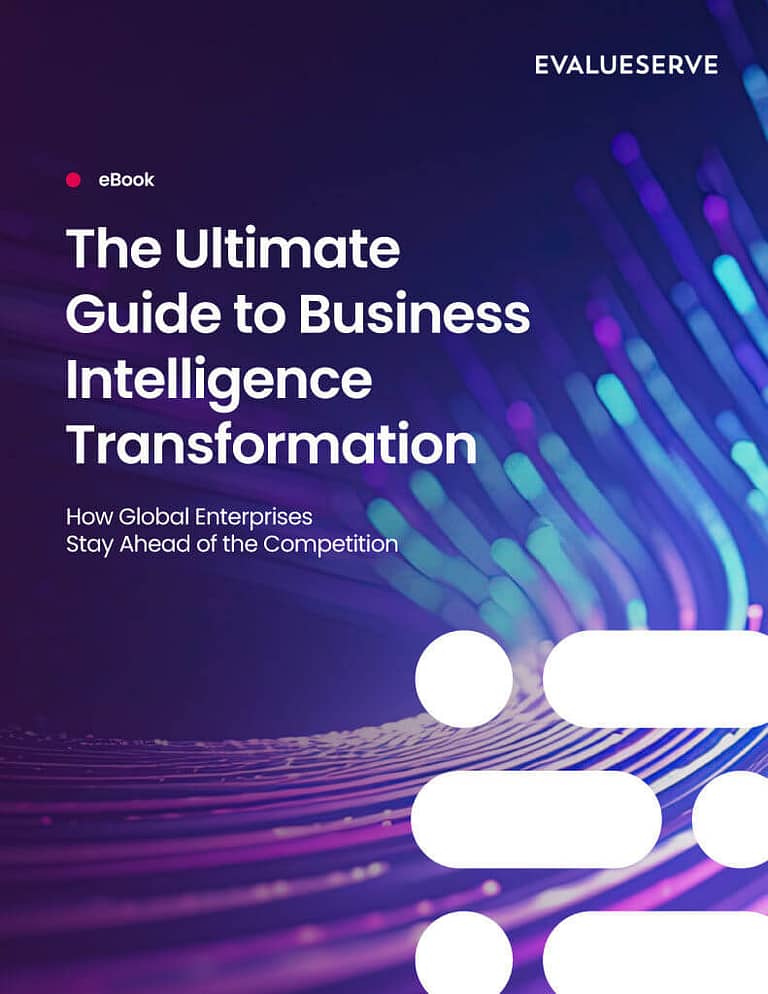With the AI revolution upon us, businesses have countless analytics and automation use cases to implement. Even seasoned professionals may need help determining which use cases to prioritize. Choosing the correct use cases to prioritize determines the success of your AI, analytics, or automation roadmap and program.
Our proprietary CRUISE Framework is an acrostic mnemonic device that takes the guesswork out of prioritizing an analytics and automation roadmap. Let’s get into it.
-
C: Complexity of Project
- Depending on an organization’s goals, higher complexity can boost or lower a use case’s score on the CRUISE Framework. Complexity refers to the type of technology needed, the number of stakeholders involved, the level of analytics maturity necessary to implement the project, how long the project lasts, etc.
-
R: Potential RoI of Project
- Estimate the expected return on investment (RoI) that a use case would have. The higher the predicted RoI, the higher the use case scores. It’s worth noting that RoI doesn’t have to mean the effect on profits – it could also mean Customer Satisfaction Score (CSAT), higher asset utilization, or increased employee engagement.
-
U: Universality
- Can an element of the use case be replicated across the enterprise or in another area? For example, could the algorithm be reused by another department? The more a use case can be reused, the higher its universality and overall score.
-
I: Integrity of Data
- Integrity of Data speaks to whether an enterprise has the proper data foundation – necessary, relevant data that’s high-quality – for a particular use case. If an enterprise doesn’t have the right data for a use case yet, that’s a significant obstacle to achieving success with the use case, as you need a strong data foundation before anything else. If your organization has the necessary data, it receives a high Integrity of Data score, which boosts its overall score with the CRUISE Framework.
-
S: Strategic Alignment
- Does the use case align with your organization’s overall strategy and goals? This alignment does not have to be direct for a good score in this area, but it does need to be there. The use case will receive a higher CRUISE score if strategically aligned.
-
E: Ease of Implementation
- Ease of implementation gets at the question: Does your business have the necessary components to execute the use case easily? Do you have the right tools, technology, personnel, and change management processes to complete the project effectively? If not, that’s a barrier to a successful use case implementation that will need to be overcome.
Want to learn more? Check out our eBook on the CRUISE Framework to hear about how to build your analytics and automation roadmap from our Global Head of Analytics, Swapnil Srivastava.

eBook
The Ultimate Guide to Business Intelligence Transformation
How Global Enterprises stay ahead of the competition


